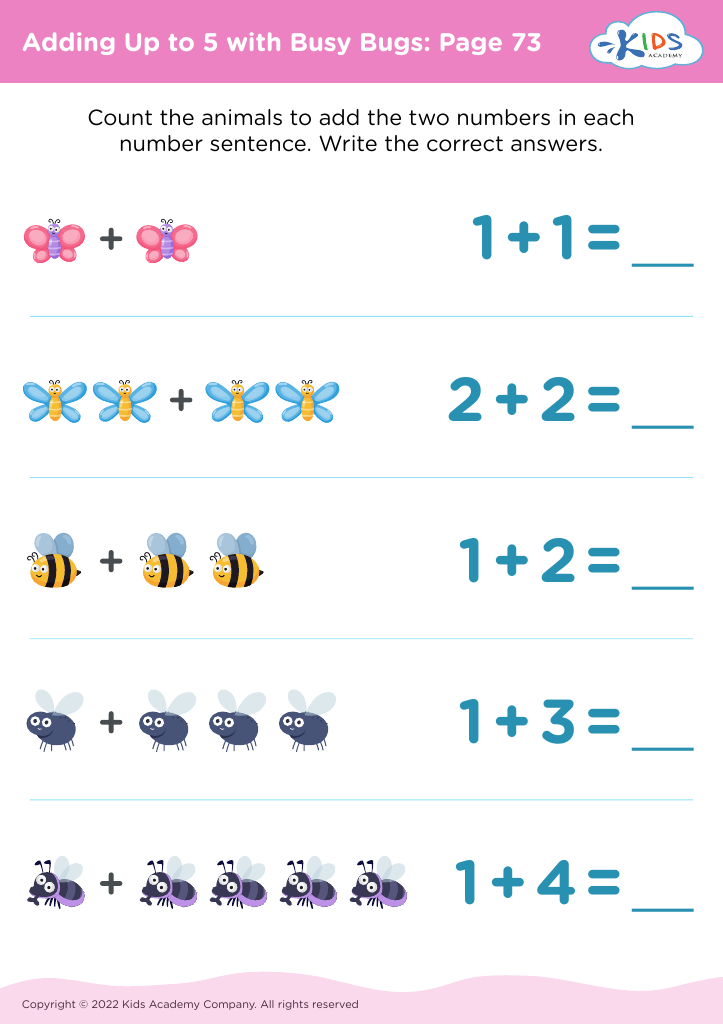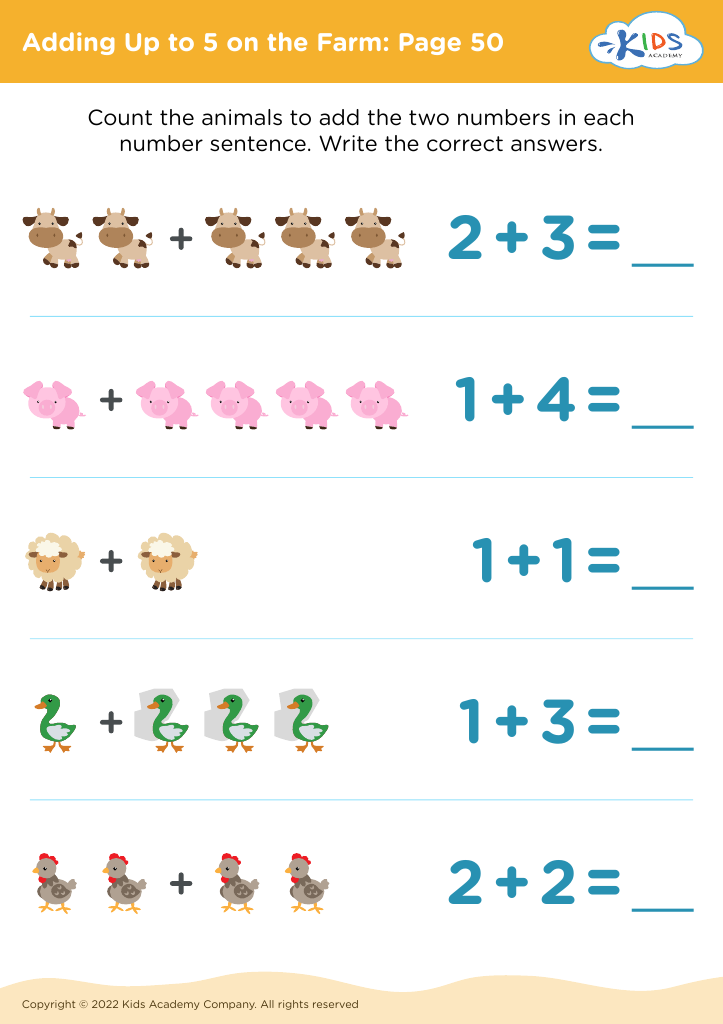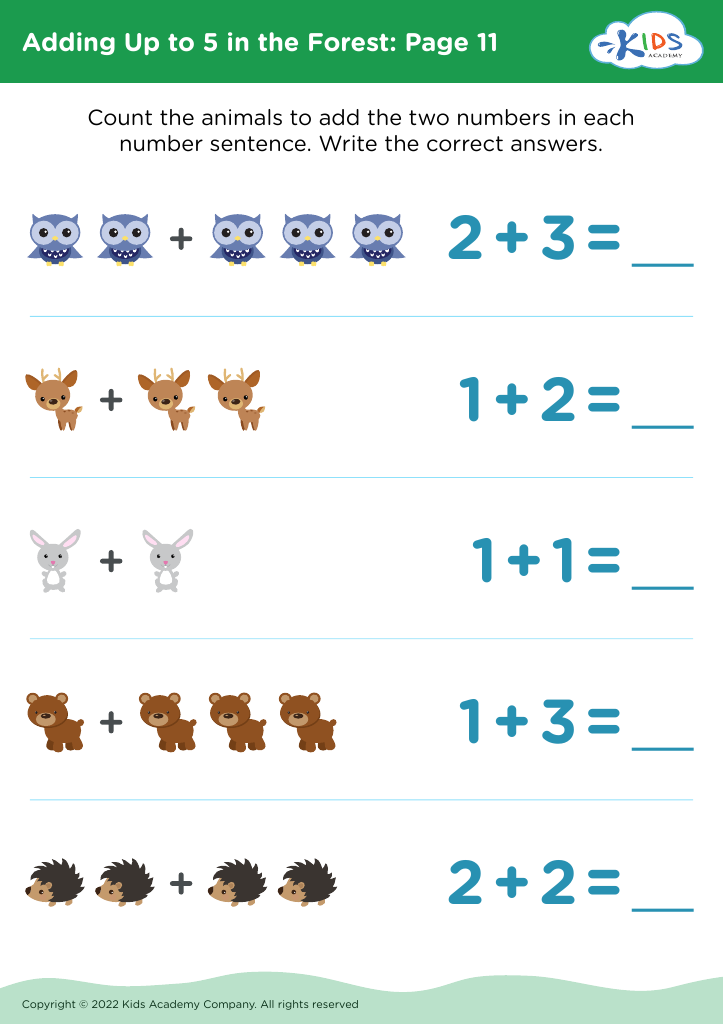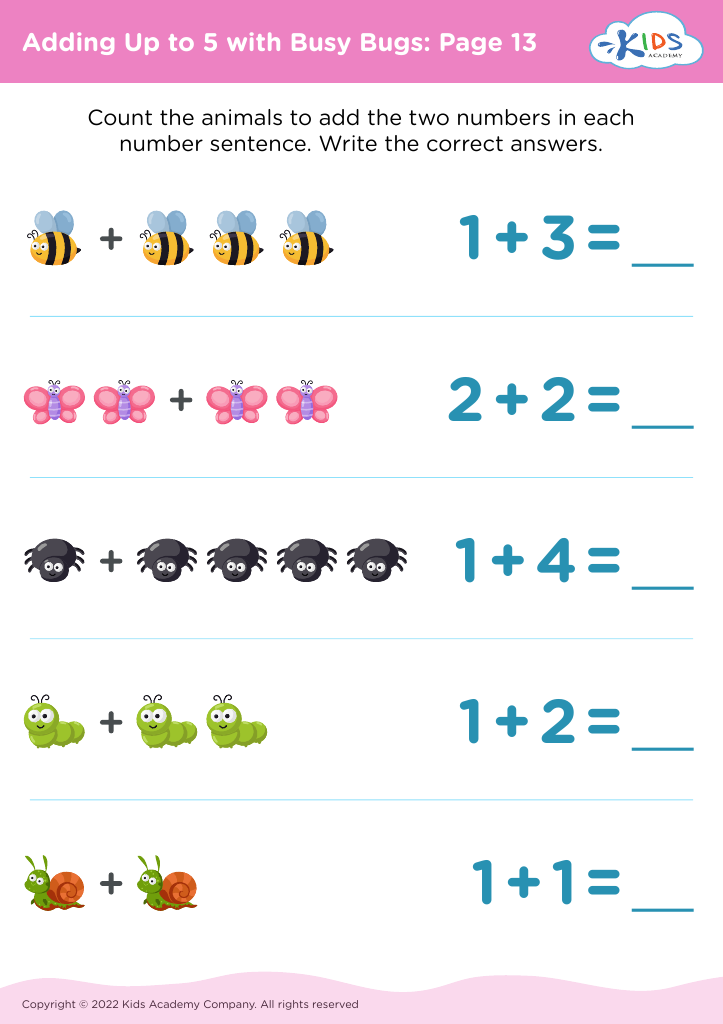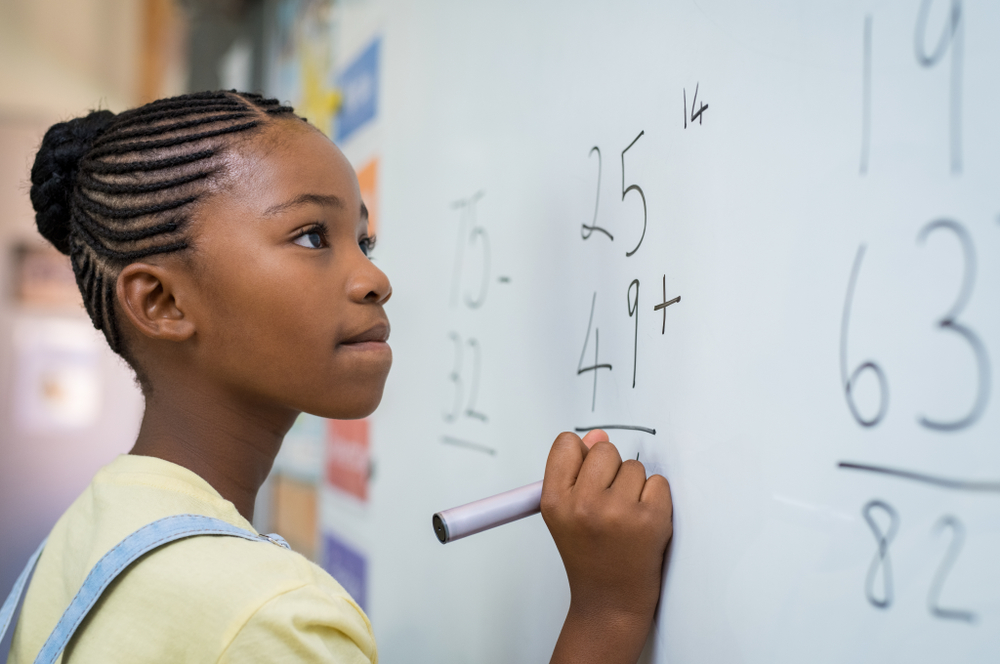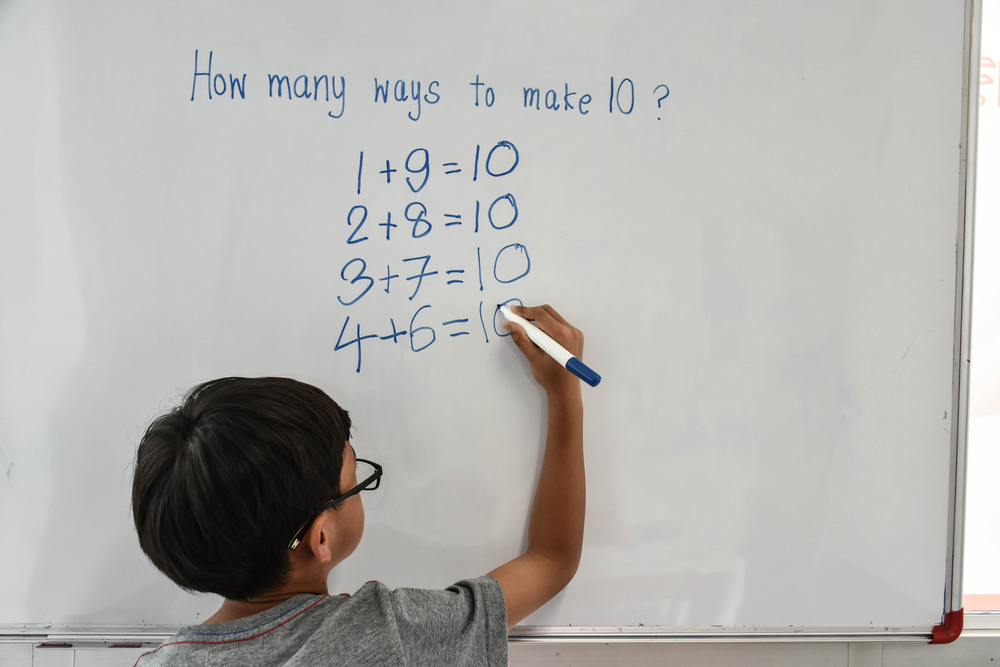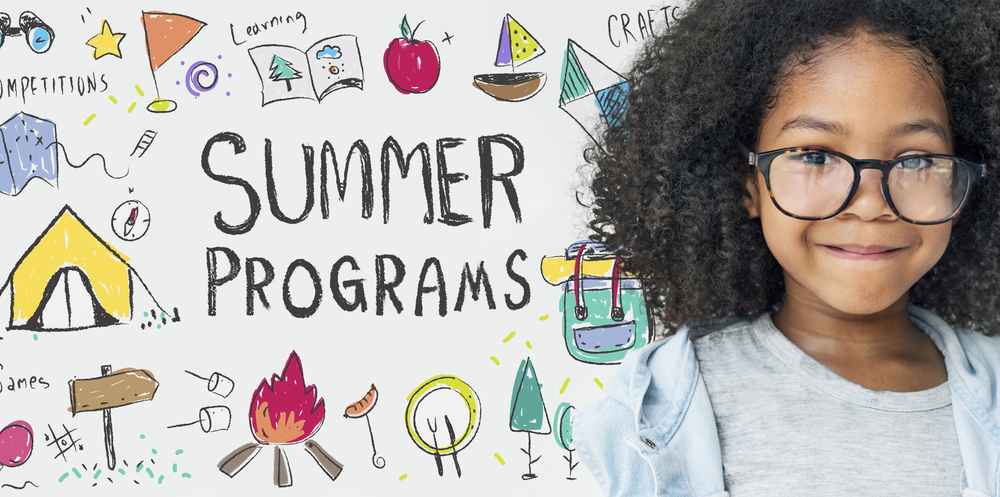Visual Perception Skills Addition & Subtraction Worksheets for Ages 3-9
5 filtered results
-
From - To
Explore our engaging Visual Perception Skills Addition & Subtraction Worksheets designed for children aged 3-9! These printable worksheets focus on enhancing visual perception, a vital skill for early math development. Our activities promote the recognition of shapes, patterns, and spatial relationships, making math fun and interactive. Children will improve their ability to visualize and solve addition and subtraction problems while building confidence. Ideal for parents and educators seeking effective resources, these worksheets cater to various learning styles, ensuring every child can thrive in their mathematical journey. Download today and empower your child's learning experience with essential visual perception skills!
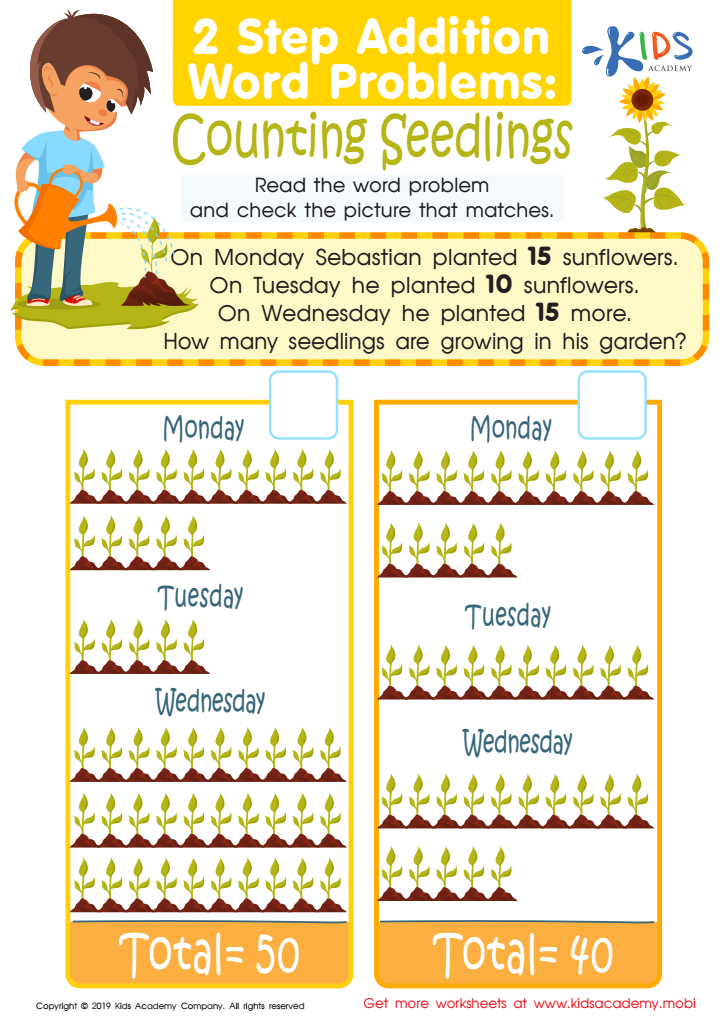

Counting Seedlings Worksheet
Parents and teachers should prioritize visual perception skills in children aged 3-9, particularly in the context of addition and subtraction, because these foundational skills are crucial for early math learning and overall academic success. Visual perception is the ability to interpret and make sense of visual information, which includes recognizing shapes, identifying patterns, and being able to differentiate between numbers.
For children, developing strong visual perception skills can significantly enhance their ability to understand mathematical concepts. For instance, recognizing numbers and understanding quantities is essential for grasping addition and subtraction. Children who struggle with visual perception may have difficulty visualizing mathematical problems, which can hinder their confidence and enthusiasm for learning.
Moreover, early mastery of these skills can promote cognitive development, allowing children to progress to more complex mathematical concepts with ease. Engaging in activities that strengthen visual perception—such as puzzles, matching games, and drawing—can also enhance fine motor skills and critical thinking. Therefore, investing in visual perception skills not only prepares children for immediate success in math but also lays a solid foundation for future learning and problem-solving abilities. Parents and teachers play an essential role in nurturing these vital skills, fostering a supportive environment for young learners.
 Assign to My Students
Assign to My Students
